Cosmetic Injections
More Than 20 Years in Business | Personalized Attention | Highly Trained
Platelet-rich plasma, or PRP, is derived from the bloodstream and has been
used for years to treat musculoskeletal conditions, and more recently, skin
conditions. Colloquially termed “vampire” treatments, PRP injected into the skin or used after microneedling (a technique that uses small needles to create microscopic skin wounds) may help to improve skin texture and appearance. Recently, PRP has garnered attention as a promising solution for one of the most challenging problems in dermatology: hair loss. Platelets and hair growth: What’s the connection?
Platelets are one of four primary components of blood (the other three are red blood cells, white blood cells, and plasma). Platelets promote cell growth and regeneration. As the term “platelet-rich plasma” suggests,
platelets are generally about five times more concentrated in PRP than in regular blood. This concentration of platelets is useful, because platelets secrete growth factors than are thought to assist in wound healing and
tissue regrowth.
When it comes to hair loss, the theory is that platelets, injected deep into the scalp to reach the bottom of the hair follicle, may stimulate a specialized population of cells named dermal papilla cells, which play a
critical role in hair growth. Obtaining and injecting platelet-rich plasma
The process of obtaining PRP involves a blood draw and a centrifuge. To yield PRP, blood is drawn from your arm, then spun down in a centrifuge (a machine that spins at high speeds to help separate blood components). After centrifuging, the plasma rises to the top, and the lower part of the plasma is the PRP. Sometimes, a second spin is performed to increase the platelet concentration of the plasma
Cosmetic Injection Services
- Fillers - Voluma, Restylane, Juvederm
- Botox
- PRP - Palate Rich Plasma


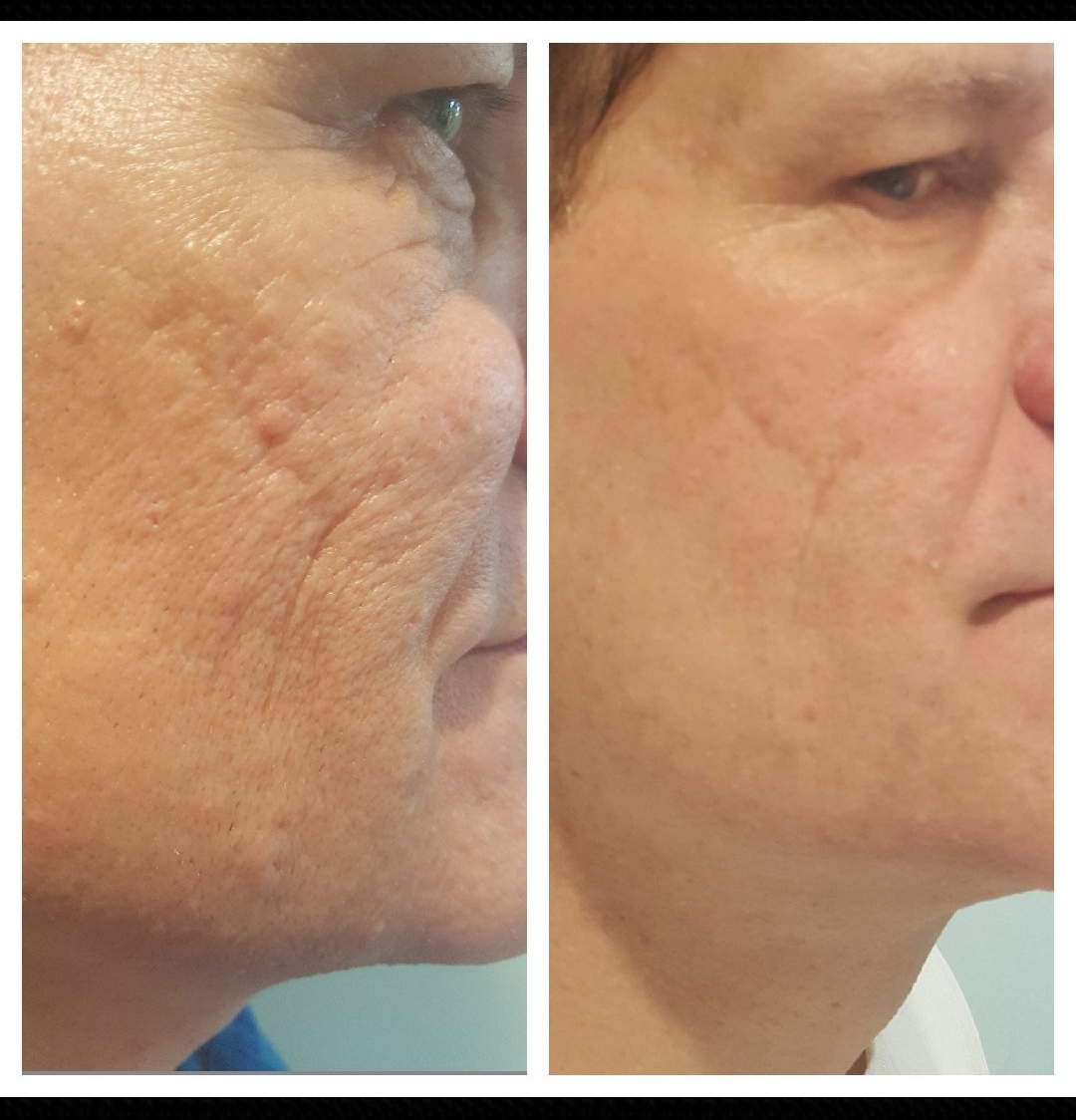
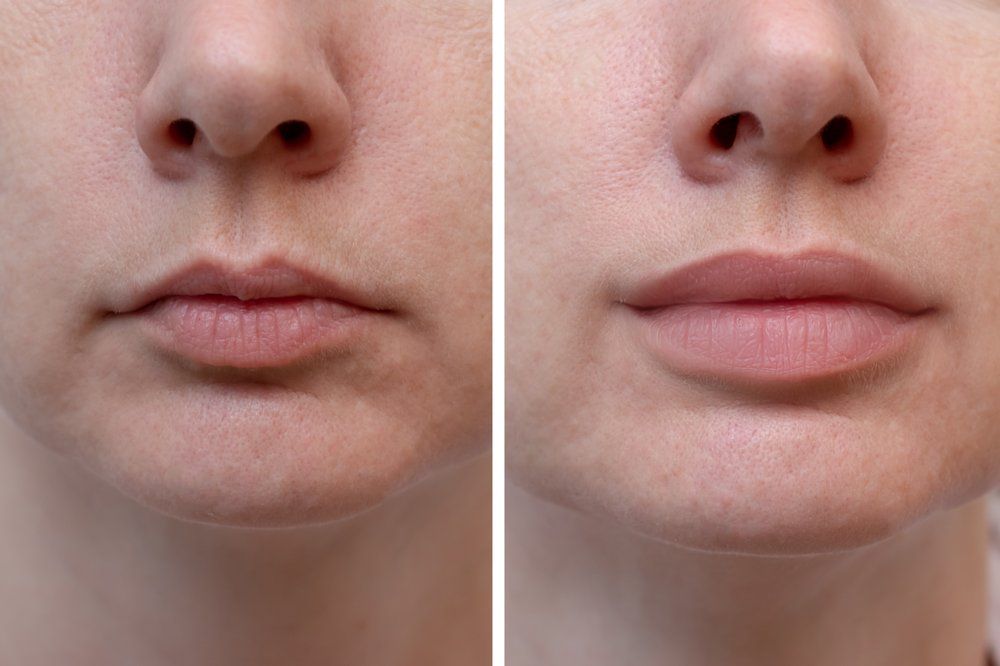
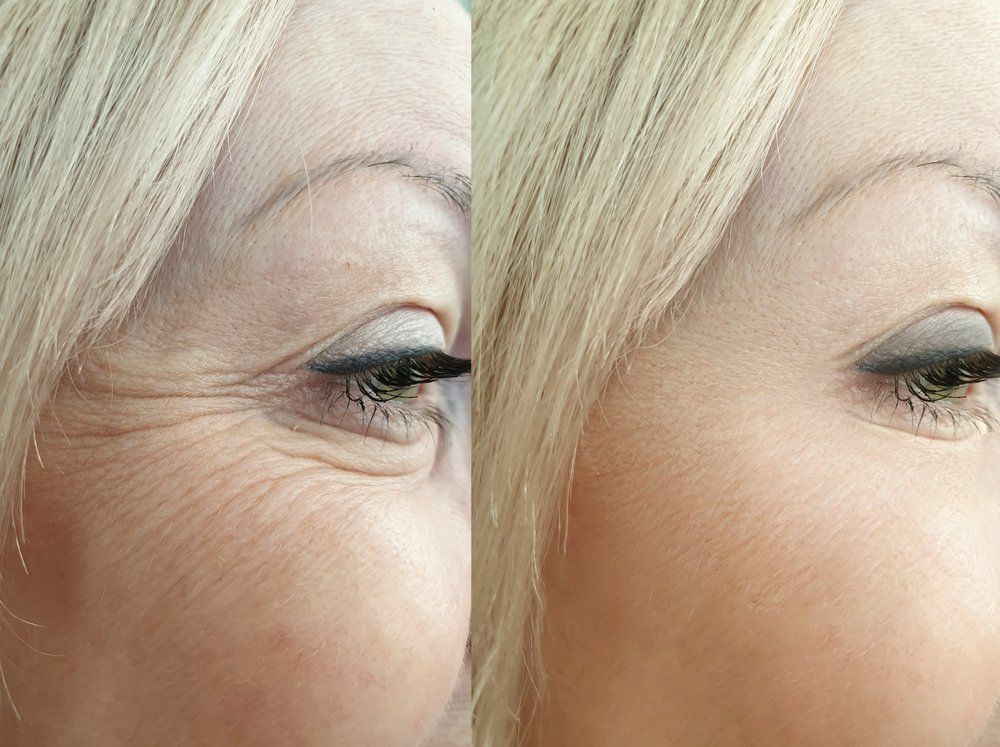
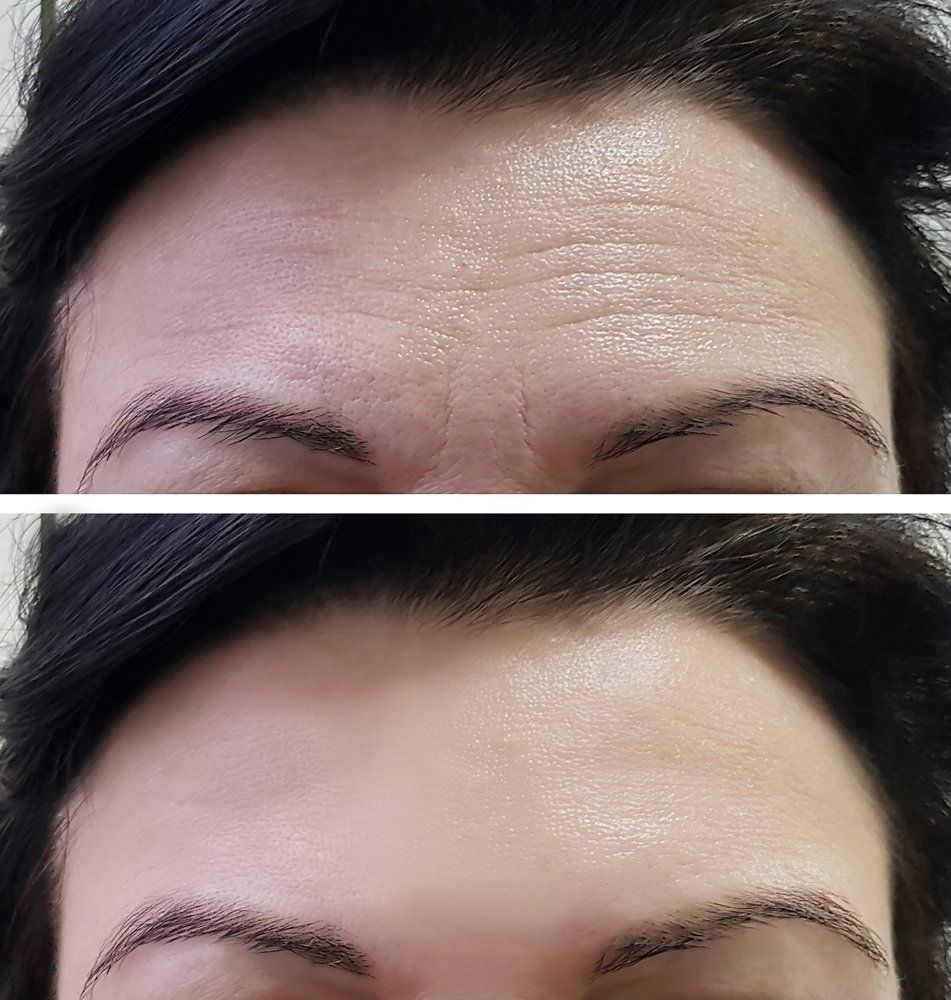
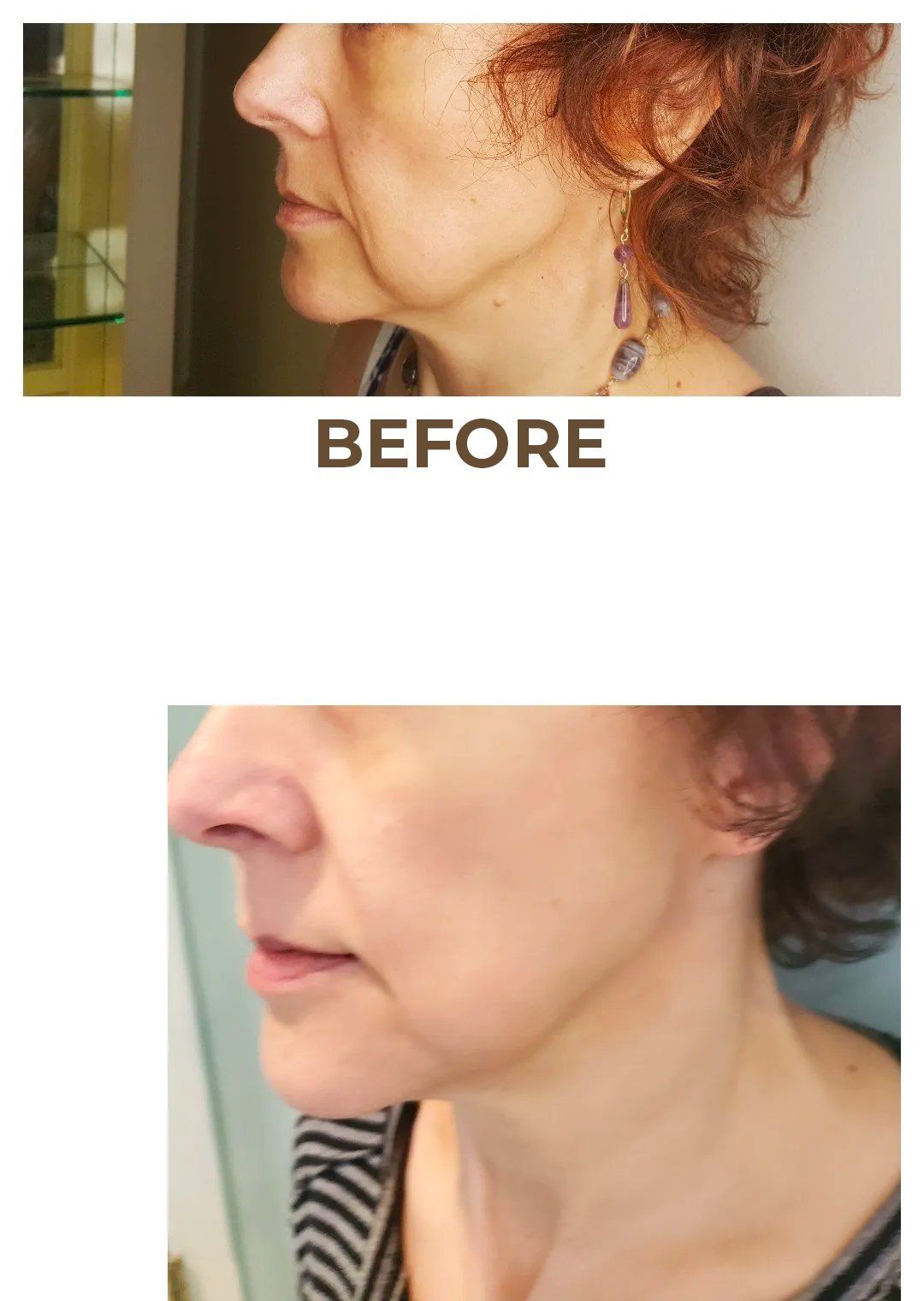



Share On: